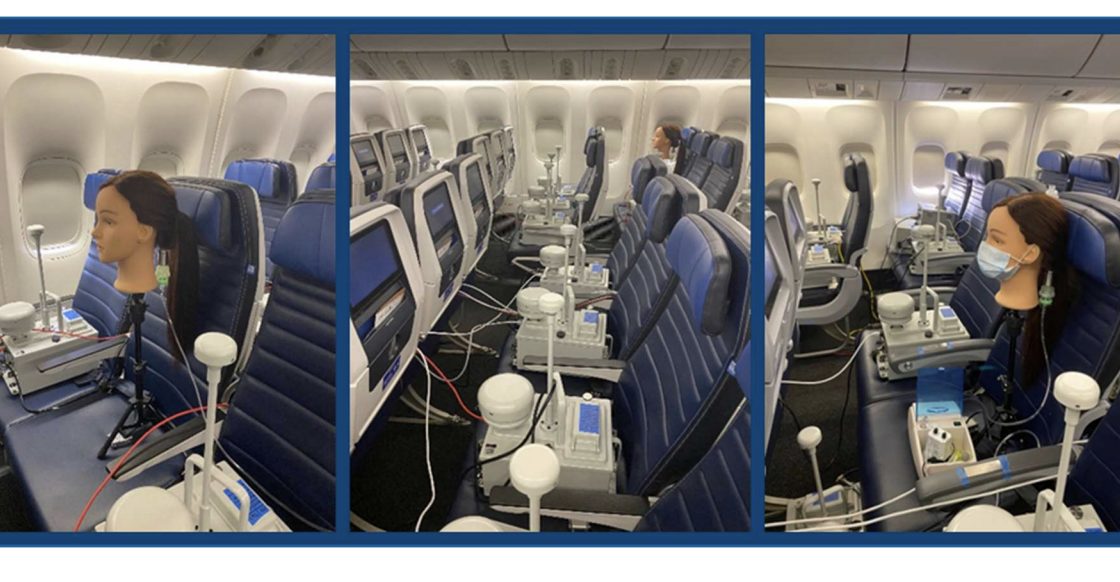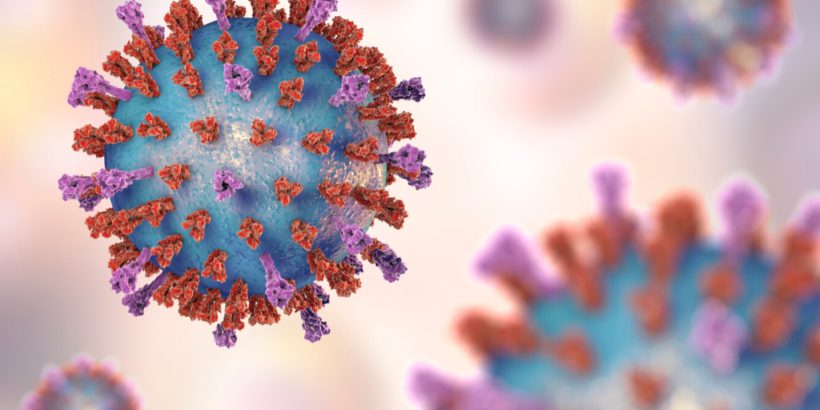When the pandemic first started to break out back in February of this year, many people wanted to stay as far away from airplanes as possible.
The idea was that a contagious virus could easily circulate through a metal tube and infect people throughout the entire cabin.
But we soon started to hear that the air quality inside of an airplane was actually pretty safe. This was allegedly due to the high air exchange rates and HEPA filters.
But is this actually true?
Well, a new study conducted for the Department of Defense ads support to the belief that you run a low risk of contracting the coronavirus when flying inside of an airplane.
This study found that the risk of aerosol dispersion which is basically the transmission of the virus through the air, was reduced 99.7% thanks to the “high air exchange rates, HEPA-filtered recirculation and downward ventilation found on modern jets.”
The study involves studying the cabins of Boeing 767 and 777, two types of aircraft that are often used on long-haul flights where you might expect the virus to spread easily over time.
Researchers released a fluorescent tracer and aerosols that represented the droplets that would be released by exhaling or coughing and then they looked to see what the impact was on multiple “breathing zones.”
The findings: “An average 99.99% reduction was measured for the 40+ breathing zones tested in each section of both
airframes.”

This has some airline executives feeling better about the claims regarding aircraft safety when it comes to the coronavirus.
“The reality is those tests are indicative of what happens on every airplane. An aircraft is just a remarkably safe environment,” United CEO Scott Kirby said.
The study was conducted by an entire team which consisted of members from United Airlines, Boeing, the University of Nebraska Medical Center, National Strategic Research Institute and research firms.
The findings of the study are not necessarily groundbreaking or new as many others have been stating that air quality inside of a plane is about as good as it gets.
In fact, the study found that the contamination inside the aircraft was actually less than what is found in private residences.
“The 767 and 777 both removed particulate 15 times faster than a home … and five to six times faster than recommended design specifications for modern hospital operating or patient isolation rooms,” the study continued.
So if you are thinking about flying for the upcoming holidays and you are worried about your safety with respect to the virus, I don’t think that you have a lot to worry about in terms of your risk inside the cabin.
Obviously, there are other risks that you could face such as just standing near people in line for airport security or while spending time inside of a lounge.
But with all of the increased sanitation, individuals wearing masks, and the efficient air filtration and circulation systems, you should at least be able to be a little bit at ease when flying.
Daniel Gillaspia is the Founder of UponArriving.com and the credit card app, WalletFlo. He is a former attorney turned travel expert covering destinations along with TSA, airline, and hotel policies. Since 2014, his content has been featured in publications such as National Geographic, Smithsonian Magazine, and CNBC. Read my bio.

